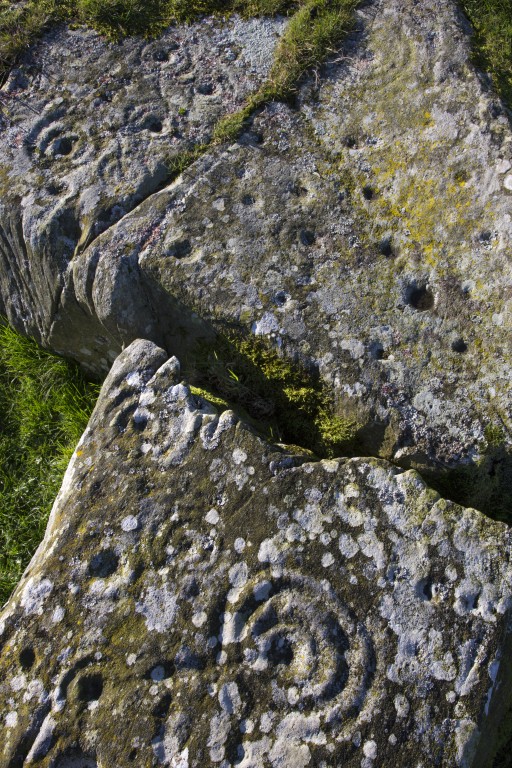These pages provide an overview of rock art in Scotland, Britain, and other parts of the world. We explore some of the key questions about rock art: What is it? Where is it? How old is it? Who made it? And above all, what does it mean? We can’t promise to answer all these questions, but we can offer information about what is currently known and how to find out more.
The term ‘rock art’ refers to symbols or marks with no obvious purpose that have been painted or engraved onto natural rock surfaces. People have been creating rock art all around the world for over 40,000 years. It has been made within deep caves, in natural rock shelters, and on rocky outcrops and boulders in the open landscape. Rock art is best known for its images of animals and people, and objects such as boats, weapons, or houses (generally called ‘figurative’ rock art). Interestingly, however, around half of the world’s rock art shows simple or complex symbols (‘motifs’) that do not resemble anything recognisable – this is called ‘abstract’ rock art.
Rock art is one of the most fascinating and mysterious aspects of our shared past, and the quest to understand it has captured our imagination for many centuries. There are huge challenges to understanding rock art, however. It may have meant different things to different people. Its meaning may have changed depending on how it was being used, or when it was being used. There are hundreds of possible explanations, and you can read more about some of these on our Rock Art and Meaning page.




